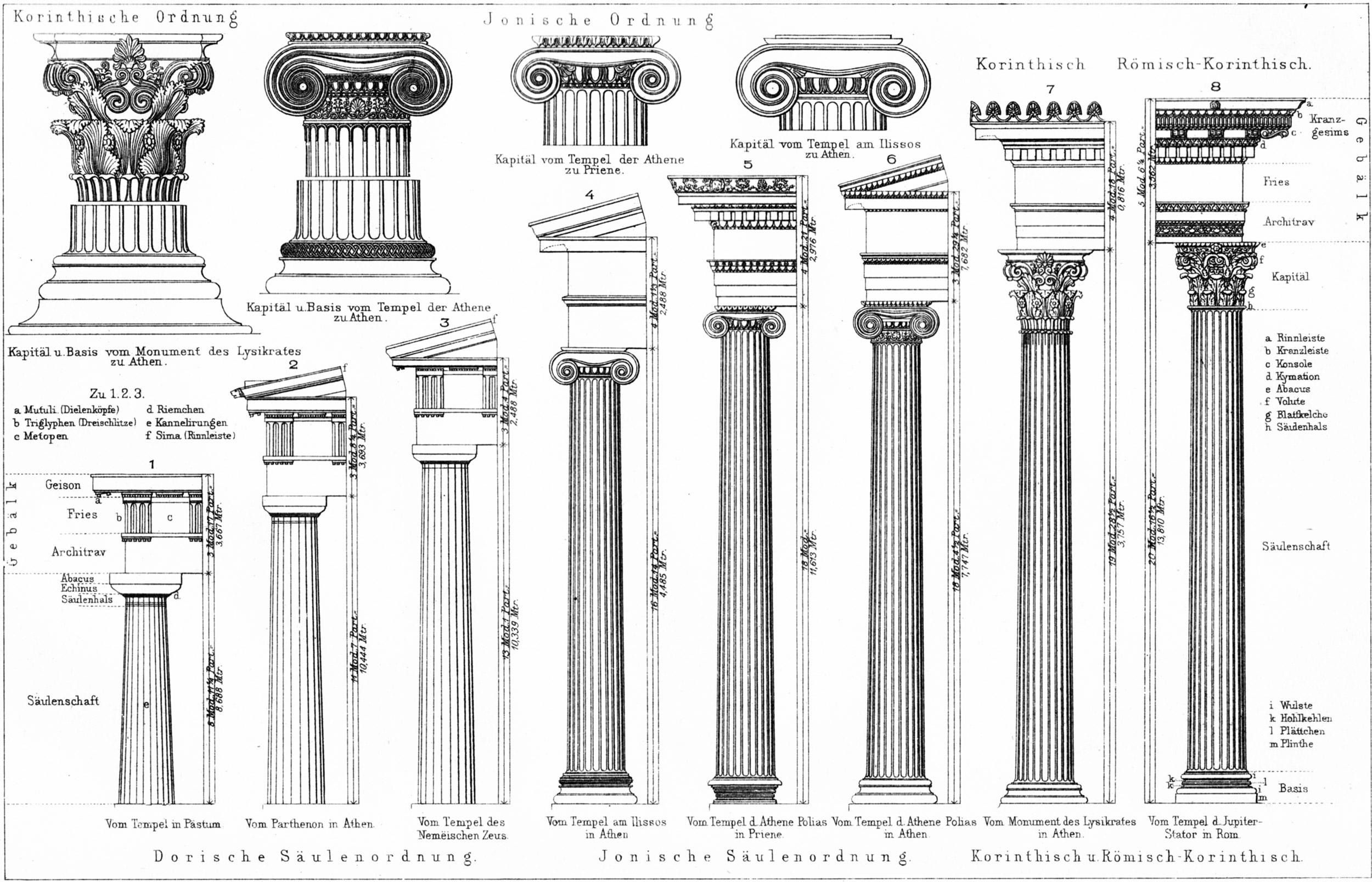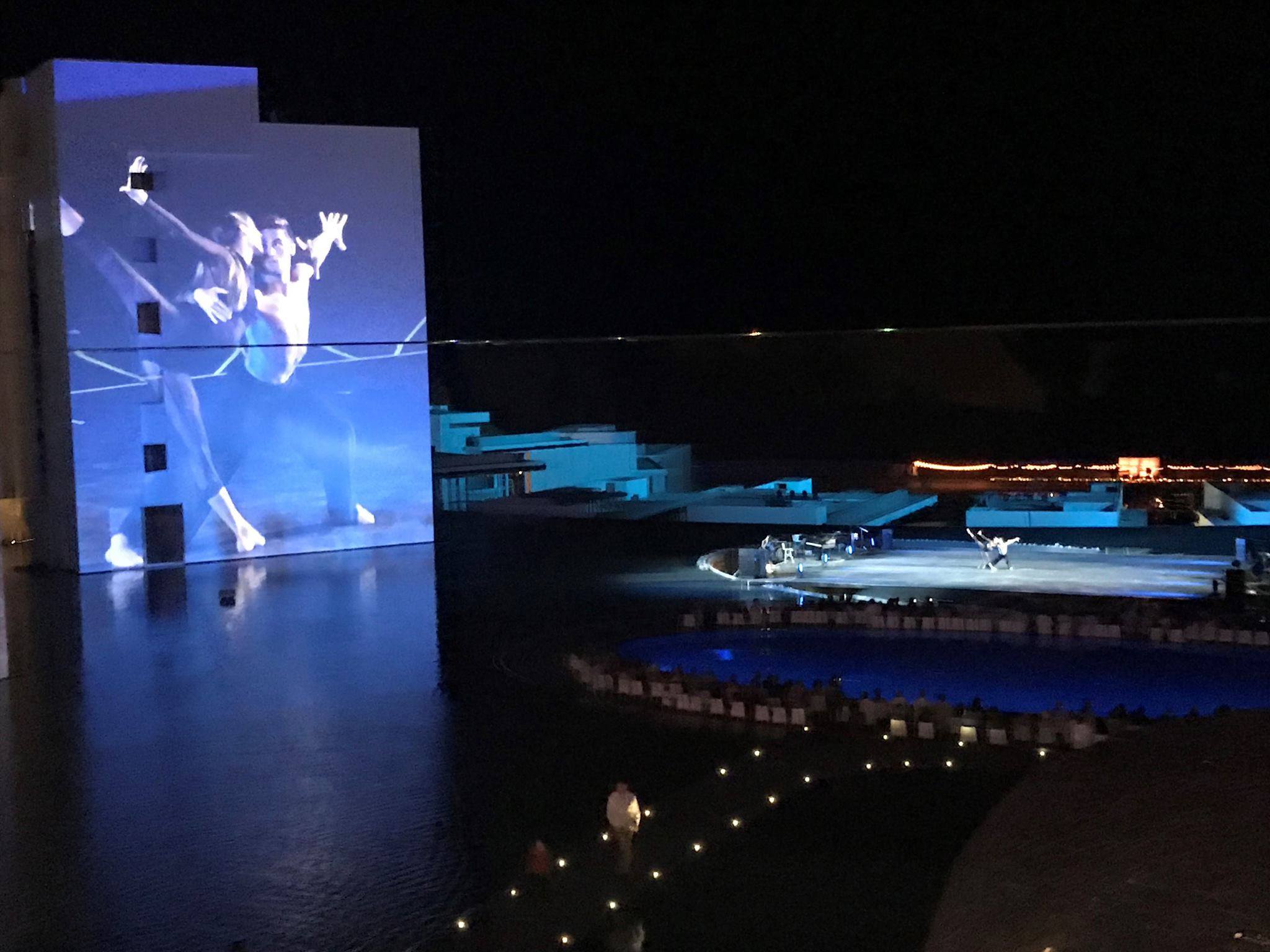Henry Mancini Institute
- Home Page 30

English for Technical Professionals
IEEE English for Technical Professionals is a 14-hour online learning program designed to provide non-native English speakers with a working knowledge of English techniques and vocabulary that are essential for working in today’s technical workplace.
IEEE English for Technical Professionals
Electropedia: The World’s Online Electrotechnical Vocabulary
“All Applicable Standards”
From time to time we drill into representative design guidelines and specifications for facility classes that are present on educational campuses; including projects involving the spaces between buildings — i.e. water, pathway, power and telecommunication infrastructure.
We place particular emphasis on the “General Conditions” of these guidelines and specifications because up to 20 percent of a construction project may involve the cost of general conditions; depending upon how many disciplines are involved.
We find excesses in the General Conditions that tend to inflate contingency requirements but also shortcomings that design professionals, construction project managers and building service engineers* should know about. Facility development units will likely want to tweak design and construction documents to harmonize with the latest changes in the codes and standards that govern the safety and sustainability agenda of the education facility industry.
Tulane University School of Architecture
Building services engineers are responsible for the design, installation, operation and monitoring of the technical services in buildings (including mechanical, electrical and public health systems, also known as MEP or HVAC), in order to ensure the safe, comfortable and environmentally friendly operation.
Building services engineers work closely with other construction professionals such as architects, structural engineers and quantity surveyors.
Building services engineers influence the architectural design of building, in particular facades, in relation to energy efficiency and indoor environment, and can integrate local energy production (e.g. façade-integrated photovoltaics) or community-scale energy facilities (e.g. district heating). Building services engineers therefore play an important role in the design and operation of energy-efficient buildings (including green buildings, passive houses and zero energy buildings. uses. With buildings accounting for about a third of all carbon emissions] and over a half of the global electricity demand, building services engineers play an important role in the move to a low-carbon society; a prevailing sentiment among many educational settlements.
Update: 29 November 2024
French Onion Soup
Standards North Dakota | Campus Master Plan
Click image below for recipe
Click for Extension Service Full Playlist
Can London Be Saved? The Cultural Genocide of London
Lorem ipsum
So lovely to welcome Ailsa, Georgie and India from @mowden_hall to Robertson House 🦋🩵last night. Enjoy your @SedberghSchool taster experience! pic.twitter.com/5FqWOYtFXL
— Robertson House (@Robertson_Sed) October 7, 2024
Ralph Vaughan Williams “Sea Symphony”
This is his RVW’s first completed symphony and one of the earliest major choral symphonies in English music. Setting poetry from Walt Whitman’s Leaves of Grass, it explores the sea as both a literal and spiritual metaphor for exploration and human destiny. Premiered at the Leeds Festival, it signaled Vaughan Williams’s move toward a distinctly English symphonic voice, blending expansive orchestration with modal harmonies and visionary choral writing. The work’s significance lies in its ambition: it established him as a leading British composer and opened a new path for English symphonic and choral expression.
Sustainable Brewing
This content is accessible to paid subscribers. To view it please enter your password below or send mike@standardsmichigan.com a request for subscription details.
Theater Safety
“ I think that the theater is the initial glamorizer of thought; where it can be told – without too much disguise but without too much directness either – the secrets, and thereby its antipathies and sympathies – the secrets and the knowledge of the human heart…
…I think that makes the art of the theater as important as the doctor or the psychologist or the Minister…
…I think it’s vitally important that the world knows itself and I think the theater is one of the most immediate means of expression towards that end…”
Demand for live events in college towns — what is now called “entertainment content” — is gathering pace; owed somewhat to an older demographic that prefers expanded social interaction to the online entertainment offerings that the younger demographic prefers*. We see an expansion of the market in the construction of architecturally astonishing buildings; though the circumstances of pandemic has changed everything.
Today our interest lies in the complex safety and sustainability characteristics of the physical infrastructure — with particular interest in the fire protection, environmental air and electrotechnologies required to make them safe and sustainable. This facility class is far more complicated technologically and operates at significantly higher risk than, say, classrooms or office space.


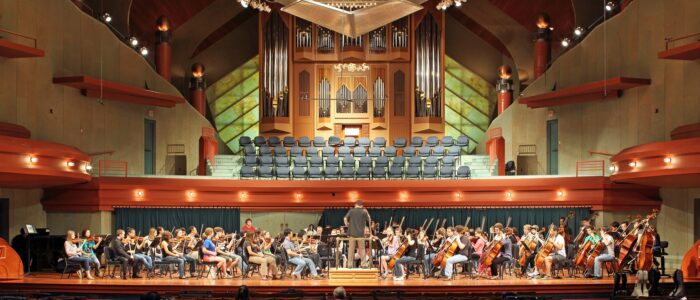



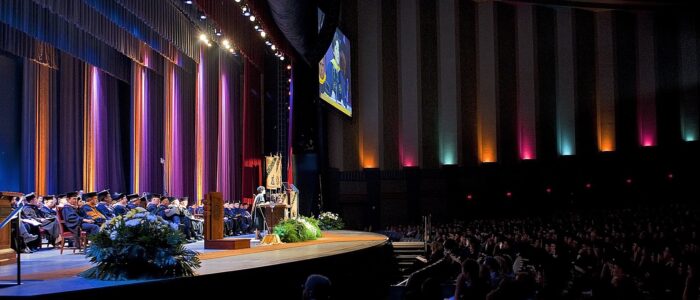

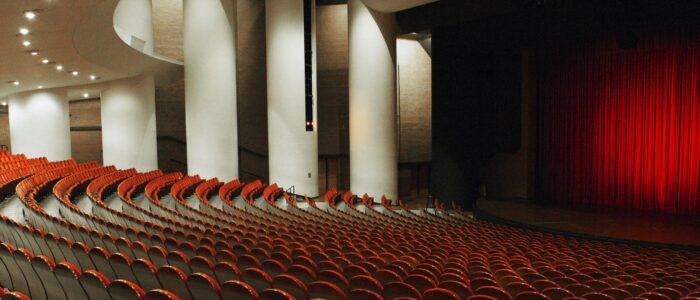

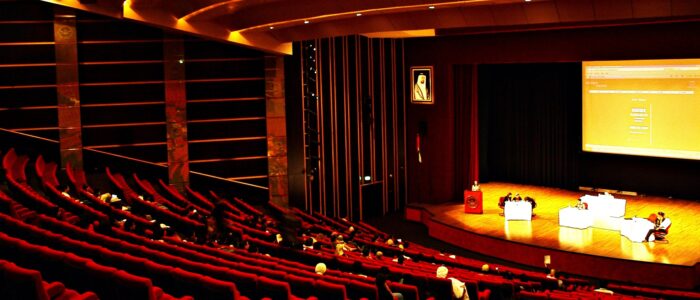
The Entertainment Services and Technology Association is one of the first names in trade associations that support the ‘business of show business’ through networking, safe practices, education, and representation. We follow the standards making activity of its technical committees and monitor public commenting opportunities. ESTA releases markups of its consensus products for public comment at a fairly brisk pace on its standards development landing page:
Transcripts of related standards:
2026 National Electrical Code Public Input Report CMP-15
2026 National Electrical Code Second Draft Report CMP-15
You may obtain an electronic copy at the link above, along with a comment form. Send your comments to Karl Ruling, (212) 244-1505, standards@esta.org with an optional copy to psa@ansi.org). We encourage our colleagues in school districts and in colleges and universities large and small; with responsibilities for the safety and sustainability of cultural resource properties, media centers, performance venues to participate in the ESTA technical standards development program.
We keep the ESTA suite on the standing agenda of our Lively Arts colloquia; open to everyone. See our CALENDAR for the next online meeting.
Since the electrotechnologies for the lively arts have evolved into complex, interoperable systems we also collaborate with the IEEE Education & Healthcare Facilities Committee on technical specifics. That committee meets online four times per month in European and American time zones.
“We’re all actors: We all play different roles in different situations.”
Marlon Brando
Issue: [Various]
Category: Electrical, Infotech, Lively Arts,
Colleagues: Mike Anthony, Christine Fischer, Mike Hiler, Nehad El-Sherif
*More >>
State Capitals And College Towns: A Recipe For Success
Baby Boomers Are Retiring to College Towns
The original University of Michigan codes and standards advocacy enterprise interviewed an ESTA affiliate in 2015:
Michel Foucault: The Damage Done
[0.00] ‘Various people have argued that we live in a post-truth society and and point to obviously quite um vivid examples like President Trump as as illustrating this. But you know there is no such thing actually as post-truth thinking. Truth is fundamental to to the idea of thought; that’s what thinking is — the the attempt to get the true answer to something. So if you if you discard truth, there is nothing left except the pursuit of power, which means shouting as far high as in as high as tone as you can. And and I think this is one thing that university students have to confront in the humanities. This idea that truth is somehow how marginal or negotiable that there isn’t an absolute standard but it’s simply what you can something that you use to embellish your arguments as though you put flowers around their necks. [1:17]
New update alert! The 2022 update to the Trademark Assignment Dataset is now available online. Find 1.29 million trademark assignments, involving 2.28 million unique trademark properties issued by the USPTO between March 1952 and January 2023: https://t.co/njrDAbSpwB pic.twitter.com/GkAXrHoQ9T
— USPTO (@uspto) July 13, 2023
Standards Michigan Group, LLC
2723 South State Street | Suite 150
Ann Arbor, MI 48104 USA
888-746-3670


